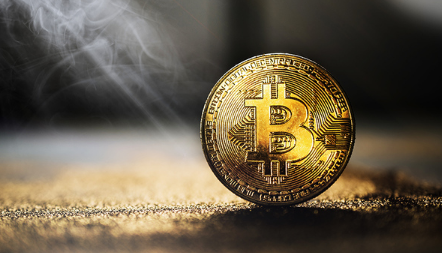Understanding Tether: The Functionality and Flexibility of a Stablecoin
Tether (USDT) has garnered significant attention in the cryptocurrency market for its unique position as a stablecoin. With volatile cryptocurrencies dominating the market, many investors are left wondering: "Is Tether a safe place to park my assets?" This question arises from concerns surrounding both the stability of the token itself and the overarching implications of using a stablecoin in trading and investing strategies.

Detailed Answer
Tether, pegged to the U.S. dollar, aims to provide the stability that cryptocurrencies often lack, making it an attractive option for traders and investors alike. The fundamental appeal of Tether lies in its ability to reduce volatility while allowing users to swiftly maneuver within the cryptocurrency landscape.
Pain Points Addressed:
1.Market Volatility: During market downturns, holding Tether may help traders avoid losses. It provides a temporary safety net as it maintains a one-to-one value with the U.S. dollar.
2.Liquidity: Tether is widely accepted across countless exchanges, facilitating quick transactions and making it easy for users to convert between cryptocurrencies without cumbersome constraints.
3.Earning Interest: Some platforms allow users to earn interest on their Tether holdings, offering an additional incentive to keep funds in USDT instead of cash.
Considerations
Before deciding to use Tether, several factors must be taken into account:
1.Regulations and Compliance: As stablecoins face increasing scrutiny from regulatory bodies, it's important to stay updated with changes in legislation that could affect the usage or stability of Tether. Ensuring compliance will maximize protection against potential legal contingencies.
2.Transparency and Reserves: Tether has faced criticism regarding its reserve claims, questioning whether it truly backs every USDT with an equivalently valued asset. This is crucial since the integrity of Tether's value relies on its ability to maintain its pegged rate.
3.Market Dependence: The overall success of Tether hinges on the stability of the cryptocurrency market. A significant downturn could affect its application and effectiveness.

Buy or Sell
When contemplating whether to buy or sell Tether, timing is essential. Here’s a simplified guide:
- Buy Tether: Consider purchasing USDT when the cryptocurrency market exhibits high volatility and you're concerned about potential losses. Holding Tether can help you maintain your capital until market conditions improve.
- Sell Tether: If you believe the market is stabilizing and you prefer to invest in higher volatility coins, selling your Tether holdings may be appropriate. Additionally, if your strategy involves taking profits or diversifying into other assets, it could also be the right moment to sell.
Conclusion
Tether serves as an essential tool for managing liquidity, reducing volatility, and navigating the ever-changing landscape of crypto trading. By understanding the implications, regulations, and market conditions, investors can make informed decisions about when to buy or sell Tether, ensuring they maximize their investment strategies effectively.